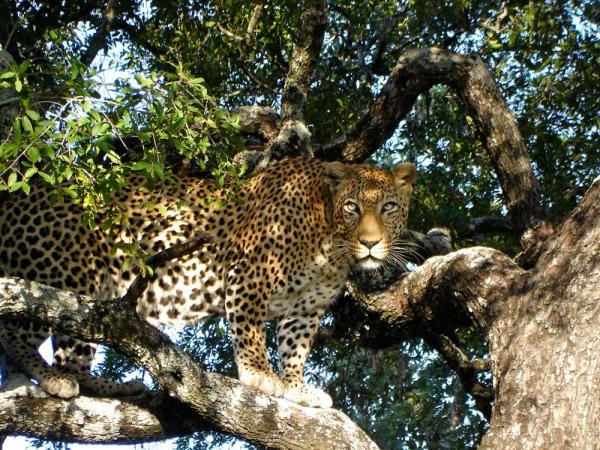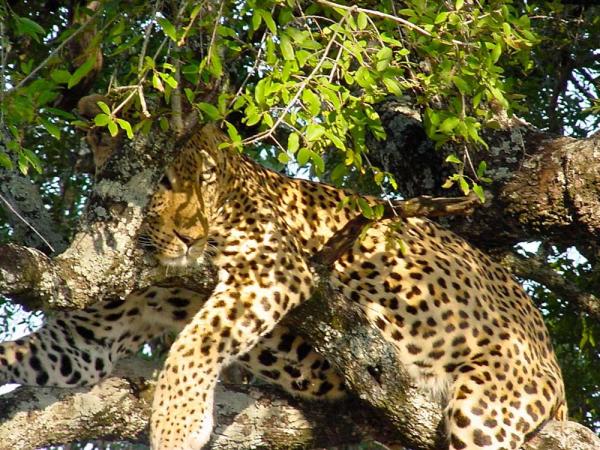In Photos: The Wild Cats of Kruger National Park

Kruger Park

Kruger National Park is the flagship of South Africa's extensive national park system. With more than 4.9 million acres of the Lowveld region's environment under protection, this African paradise is unmatched in plant and animal diversity and number.
Kruger Park

Kruger is home to 336 species of trees, 49 species of fish, 34 species of amphibians, 114 species of reptiles, 507 species of birds and 147 species of mammals.
Kruger Park

President Paul Kruger championed the beginning of this splendid national park in 1898 when the rapid destruction of this natural paradise by gold seekers as well as the illegal poaching of the many magnificent animals alarmed him.
Kruger Park

There are many animals in Kruger that each day have the same 24-hour challenge to simply stay alive. For the many grazing animals, like the Springbok, South Africa's national symbol, it means avoiding any contact with three major cat predators: the leopard, the lion and the cheetah.
Kruger Park

The leopards (Panthera Pardus) of Kruger National Park are shy, nocturnal animals that can thrive in a variety of diverse environments. These powerful cats prey on larger animals like impalas and even youthful giraffes. They often then pull their kill high up into the trees, away from other Kruger predators.
Kruger Park

Leopards are loners with both the males and females living a solitary life in overlapping territories except during mating times. Female leopards can come into heat anytime of the year and usually breed for the first time around the age of two. Young are born any time of the year.
Kruger Park

Leopards hide and sleep in the bush during the day and become active in the hunt during the hours of darkness. They will stealthy stalk their prey and then with a sudden pounce, rush the startled victim seeking a throat bite that results in death by asphyxiation.
Get the world’s most fascinating discoveries delivered straight to your inbox.
Kruger Park Bonus

The eyes of a leopard called Makwela reflect the spotlight of a game ranger during a night safari at Leopard Hills Private Game Reserve in the Sabi Sands region of Kruger. Makwela is the most common leopard photographed in the reserve and her picture appears on many post cards and stamps.
Kruger Park

Leopards are the second largest of Africa's cats. An adult male can weigh up to 200 pounds (91 kilograms) while the smaller females seldom weigh more than 140 pounds (63.5 kg). These beautiful animals have black rosette spots scattered on a golden background of fur.
Kruger Park

It is estimated that there are nearly 1,600 lions (Pantera Leo) currently roaming the jungles of Kruger National Park. The lion is the biggest of all the Kruger predators with the adult male weighing as much as 400 pounds (180 kg).
Kruger Park

Visitors to Kruger can idle away hours of time following and watching a pride of African lions. Impala, Burchell's zebra and blue wildebeest are the most common lion prey with an occasional warthog and porcupine. A pride of lions on the hunt is an almost certain death sentence for any of the other animals of Kruger.


